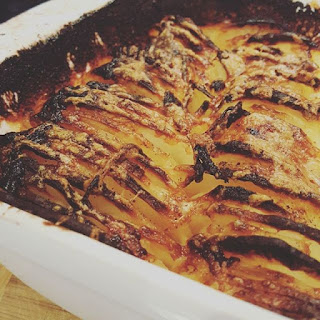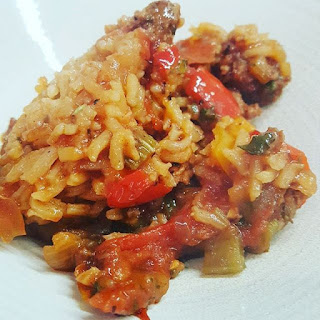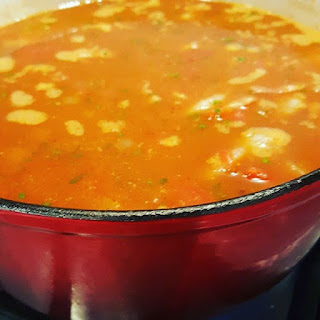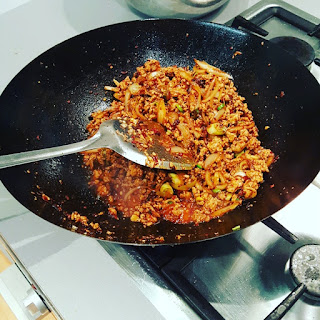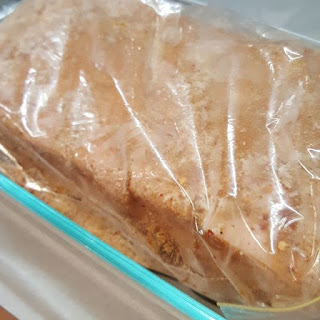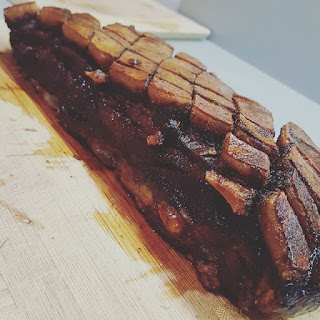
I certainly know how to take a thing and run with it! You should count yourself lucky that this blog is currently drowning in dumpling recipes, I have more than a few to share! Pot stickers drenched in chilli oil, chinkiang vinegar, garlic and scallions is always a favourite. But I have been restrained, until now, now I have made spicy, wonton dumpling, soupy goodness that just needs to be shared! A bonus is that it can be broken down into parts and reassembled as you see fit, don’t want soup, leave out the stock or cooking liquid and have the dumplings swimming in the seasoning oil, don’t want dumplings, cut the wrappers as noodles instead.
Wonton Dough (enough for approx 40 wrappers)

250 g flour
125 ml water
1 egg
1 tsp salt
Cornflour for dusting
Pasta machine
Mix the egg, salt and water together. Put the flour in a bowl and make a well, pour in the water mixture and combine to form a ball of dough. Wrap in cling-film and let it stand 10 minutes to hydrate.
Knead until smooth and elastic, should take about 10 minutes, don't skimp on this, it’s a pretty soft dough so is not too much work to knead. Wrap again and let it rest for 30 minutes.
Dust the dough with corn flour and divide into three.
Take one third and flatten out into a rectangle with your fingers, run though the widest setting of your pasta machine, run it through each setting a couple of times, dust it with corn flour when it becomes sticky, and keep a little tension on the dough sheet when feeding it through. Run it through the machine until you get to the penultimate setting, number 5 on my model. You can now either cut the dough into noodles or continue to make wrappers.
Take the sheet of dough and dust thoroughly with cornflour, square off the edges and measure the width, I usually end up with a 7–8cm wide sheet of dough. Measure and cut the dough into squares, I find one of those rolling pasta cutters better than a knife for this but either will do.
Stack and cover the dough while you repeat with the other two portions, make sure that each square has a good dusting of cornflour otherwise they will stick.
Filling

300g Meat (chicken or pork)
1 egg
1 tbsp dried shrimp (powdered)
1 tbsp shaoxing wine
1 tbsp light soy sauce
1 tsp sesame oil
1 tsp sichuan pepper (powdered)
1 tsp salt
1 large scallion (minced)
2 large garlic cloves (minced)
1 inch ginger (minced)
Place all the ingredients in a food processor and blend for about 30 seconds until a rough paste is formed, mix together and blend again if needed, transfer to a container and refrigerate for half an hour.
Folding the dumpling

Well, excuse the poorly drawn illustration, and I do suggest Googling “
wonton folding” for clearer instructions. I usually choose this folding method because it’s easy and I can production line it.
Set up a tray dusted with cornflour. Lay your wrappers out on a bench dusted with cornflour, place a spoonful of filling on half a dozen wrappers. Brush the edges with a little water. Fold the wrapper in half, bringing the top edge to the bottom, press the edges to seal, fold the top half on to bottom half, then bring the top two corners together and pinch to seal. Repeat with the remaining wrappers.
Cooking the Dumpling

Get a pot of salted water on to the boil. When boiling add about 10 wontons at a time, give a gentle stir to stop sticking to each other and the pot, cook for 4 minutes. Scoop out and toss in some sesame oil to stop sticking and set aside. Repeat with the remaining wontons.
If you want to make wonton soup, once the wontons are cooked add in some bok choy and cook for one minute, scoop out. Use the cooking liquid to pour over the seasoning oil (see below), the cornflour dusting on the wontons will give a bit of body to the water and quite a bit of flavour comes out during the cooking process, it is not bland at all.
Seasoning oil/Soup base (2 serves)

1 tbsp sichuan chilli oil
1 tbsp sesame oil
1 tbsp soy sauce
1 tbsp chunkiang vinegar
1 tsp sichuan pepper oil
2 garlic cloves (minced)
1 inch ginger (minced)
1 scallion (minced)
Mix all together and allow to sit for 15 min or so.
Serving

Place half the seasoning oil in a bowl and place cooked wontons on top, either serve immediately, or add cooked bok choy and pour over hot stock or the wonton cooking liquid to make a soup.



